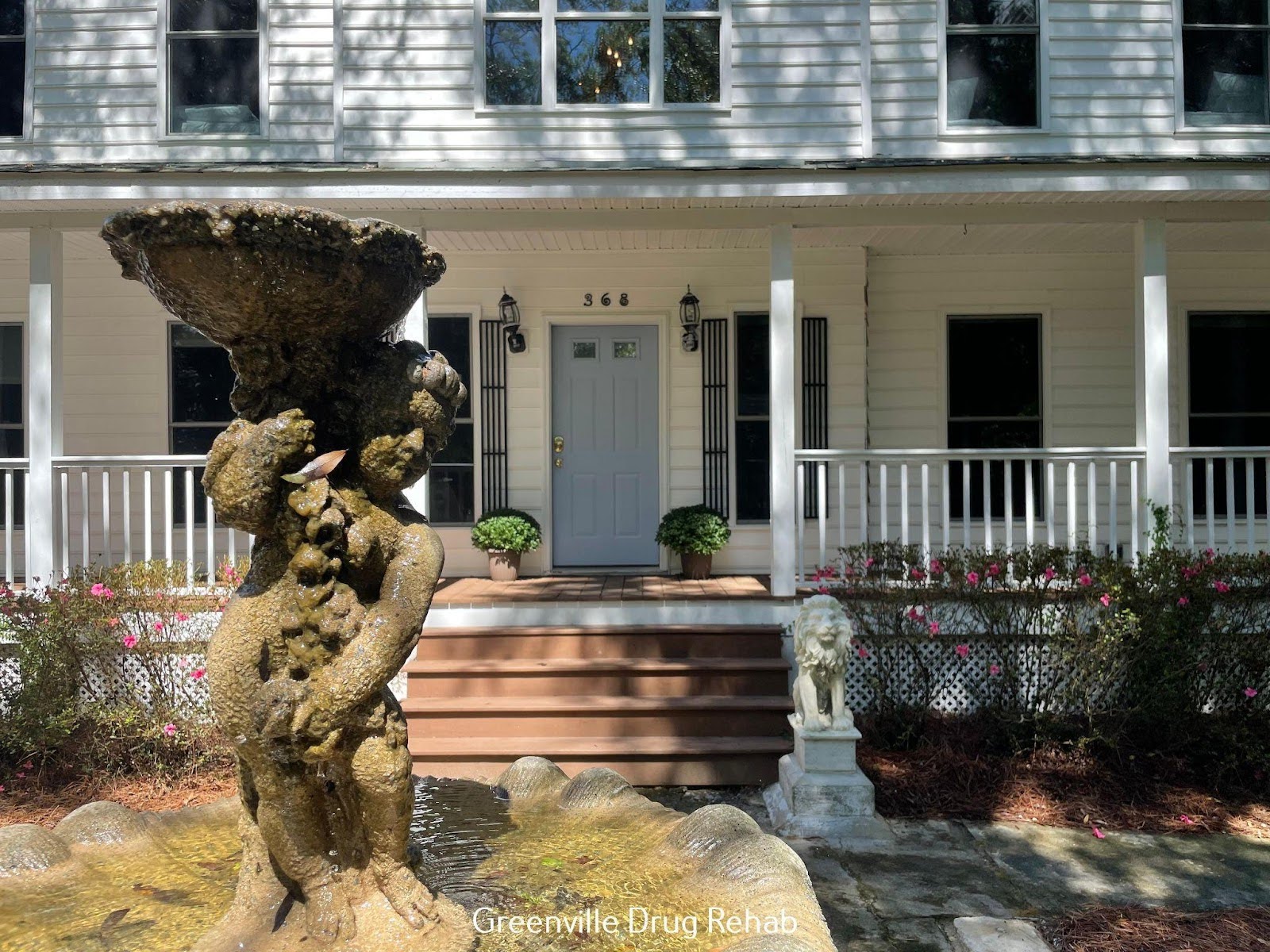Greenville, SC is a city with a rich history. First established in 1786, Greenville was originally a small farming community. However, the city soon began to grow, and by the early 1800s, Greenville had become a major center for textile manufacturing. The city continued to grow throughout the 20th century, and today, Greenville is a thriving metropolis with a population of over 60,000 people. Today this beautiful city is home to Lantana Recovery’s Greenville alcohol rehab center for outreach.
Despite its relatively small size, Greenville has played a significant role in American history. The city was a major stopping point on the Underground Railroad, and it was also the site of one of the largest slave rebellions in the country. In recent years, Greenville has become known as a hub for entrepreneurs and startups, and it is also home to some of the best schools in the state.
The Early History of Greenville
Greenville was first established in 1786 on the banks of the Reedy River. The city was named after General Nathanael Greene, who was a military hero in the American Revolutionary War. Initially, Greenville was nothing more than a small farming community. However, the city soon began to grow, thanks to its location on the main stagecoach route between Charleston and Asheville.
By 1810, Greenville had its first schoolhouse and post office. In 1824, the city was officially incorporated, and by 1831, it had its first newspaper. Throughout the 1830s and 1840s,Greenville continued to grow steadily. However, that growth came to a halt during the Civil War. Both Union and Confederate troops occupied Greenville at various points during the war, and many of the city’s buildings were damaged or destroyed.
After the war ended,Greenville began to rebuild. cotton became once again became an important part of the local economy, and by 1880, over 15 Cotton mills were operating in the city. These mills brought new jobs and new people to Greenville ,and by 1900 ,the population had grown to over 6500 .
The 20th Century in Greenville
The 20th century was a time of growth for Greenville . In 1917 ,the first hospital opened in the city ,and in 1929 ,Greenville got its first airport . Textile manufacturing continued to be an important part of the local economy throughout the mid-1900s . However ,the industry began to decline in the 1970s . Many of the textile mills closed their doors ,and thousands of people lost their jobs .
In order to bring new industry to Greenville ,local leaders decided to focus on making the city more appealing to tourists . They turned an old abandoned mill into what is now known as “The Peace Center,” which is a popular performing arts venue . They also built Falls Park ,which is now one of the signature attractions in downtownGreenville . Thanks to these efforts, tourism has become one of the main drivers of Greenville’s economy inthe21st century .
Concluding the History of Greenville, SC
As you can see, Greenville has come a long way since it was first established over 200 years ago . What started out asa small farming town has grown into a thriving metropolitan area . While textile manufacturing may no longer be as important to Greenville’s economy as the you the past ,the city has found new ways to promote growth hand development . If you’re ever in South Carolina be sure to check out some of Greenvilles many historic sites and attractions !
You might be wondering about the history of Charleston or the history of Columbia, South Carolina.





